Throughout history, some foods have been so rare and valuable that they were used as currency, sometimes even exceeding the value of gold. These coveted ingredients were more than just sustenance—they drove trade, shaped economies, and even sparked conflicts as nations vied for control over their production and distribution.
From luxurious delicacies enjoyed by royalty to spices that propelled global exploration, these foods held immense cultural and economic importance. Their scarcity and demand made them powerful symbols of wealth and influence, leaving a lasting impact on history. Here are 15 foods that were once considered as precious as gold.
1. Salt
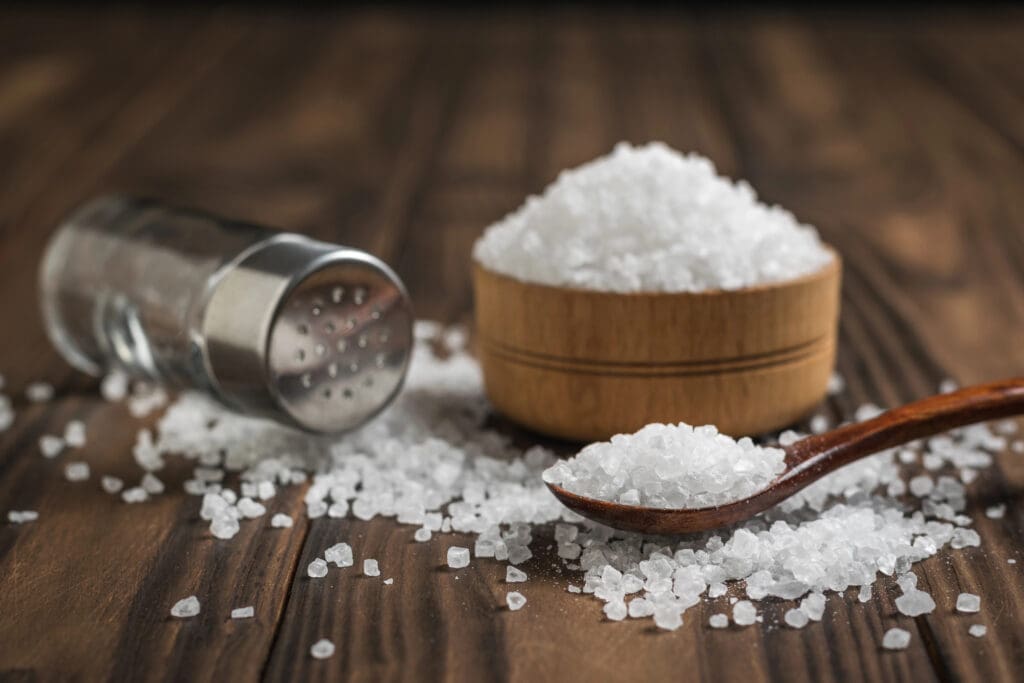
Why It Was Valuable: Essential for preserving food before refrigeration, salt was once as valuable as currency.
Historical Fun Fact: The word “salary” comes from the Latin word for salt because Roman soldiers were paid in it.
2. Saffron
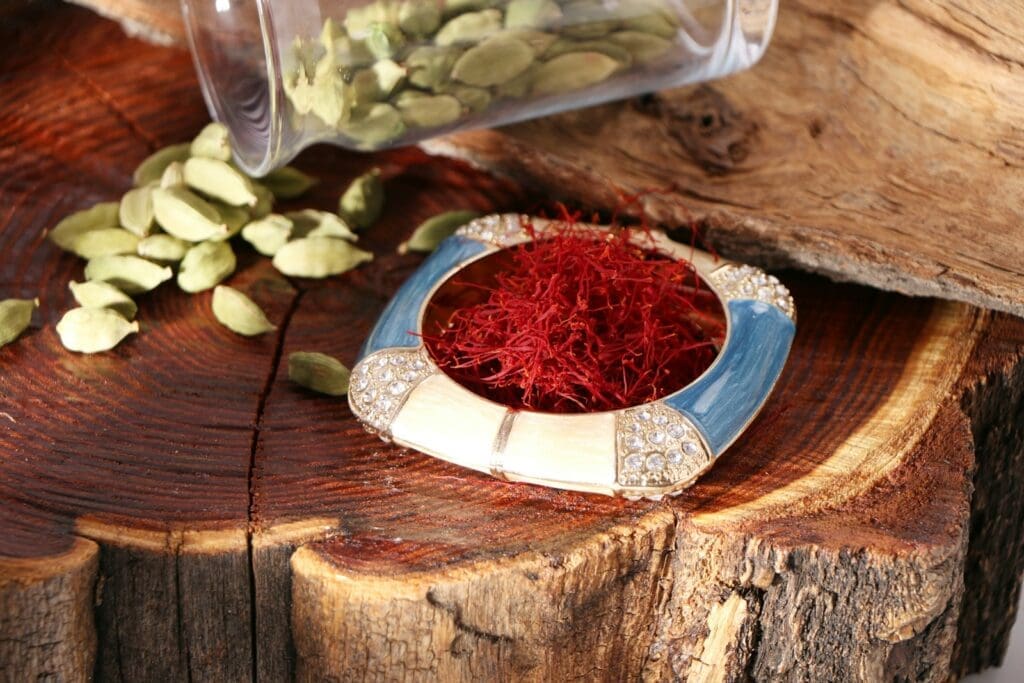
Why It Was Valuable: Harvested from the tiny stigmas of crocus flowers, saffron requires thousands of blossoms for just one ounce.
Historical Fun Fact: Ancient Persians used saffron as medicine, dye, and even as a luxury perfume. It’s still one of the world’s most expensive spices today.
3. Black Pepper
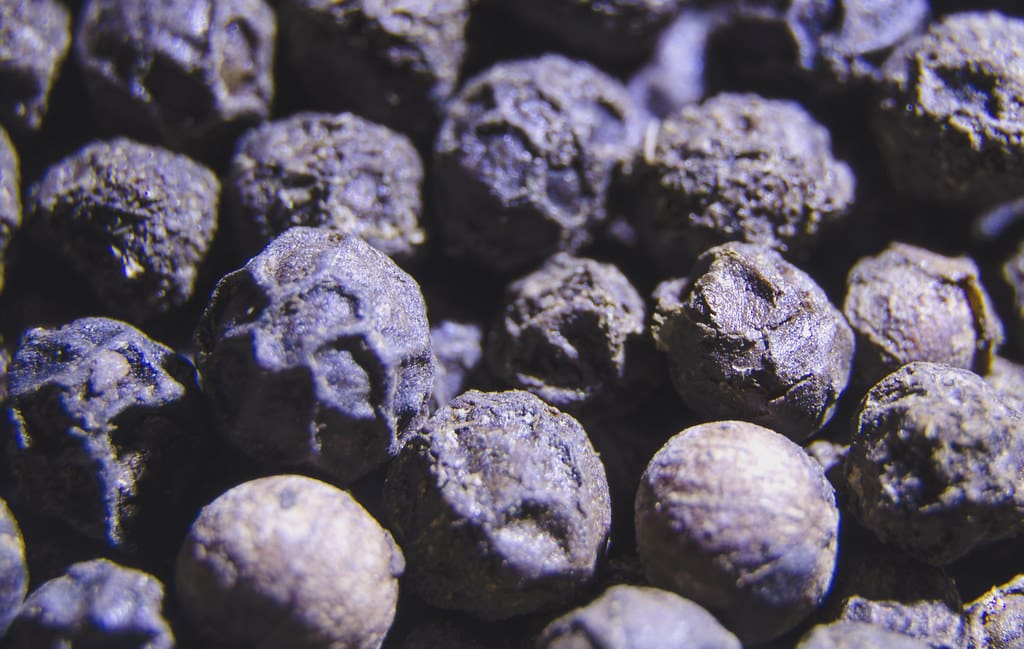
Why It Was Valuable: Known as “black gold,” pepper was a highly prized spice in ancient Rome and medieval Europe.
Historical Fun Fact: Pepper was so valuable it was used to pay taxes and dowries during the Middle Ages.
4. Cinnamon

Why It Was Valuable: Exotic and mysterious, cinnamon was imported from distant lands, making it a luxury item in ancient Greece and Rome.
Historical Fun Fact: Traders kept its origins secret for centuries, claiming it came from mythical sources to maintain high prices.
5. Nutmeg
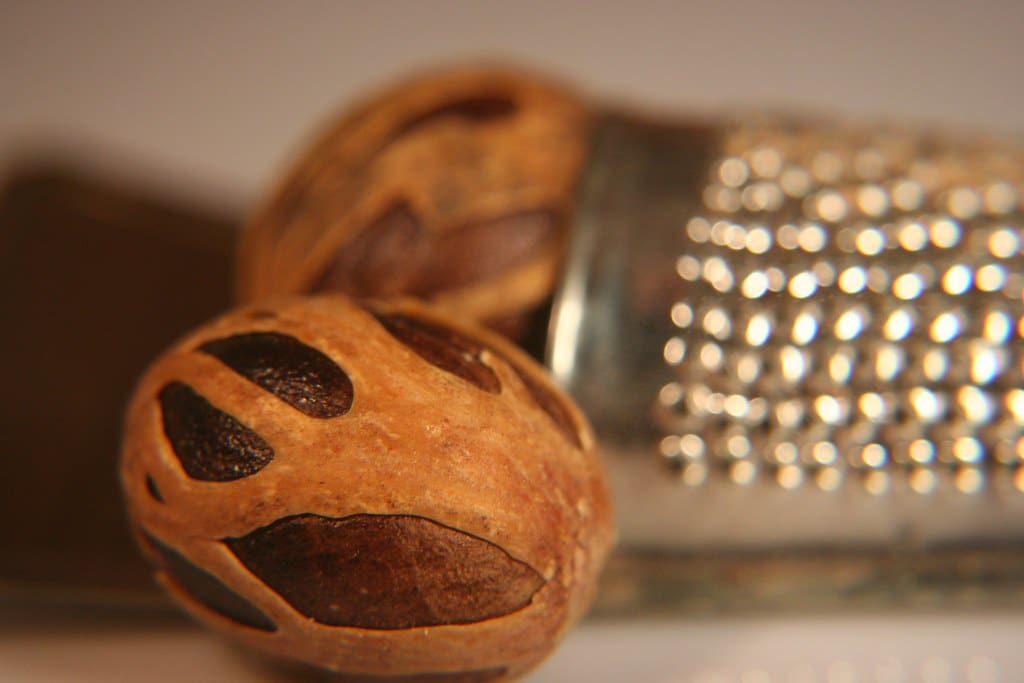
Why It Was Valuable: This tiny seed sparked wars between European powers in the 1600s because of its rarity and demand.
Historical Fun Fact: At one point, nutmeg was worth more than gold in weight in Europe.
6. Tea
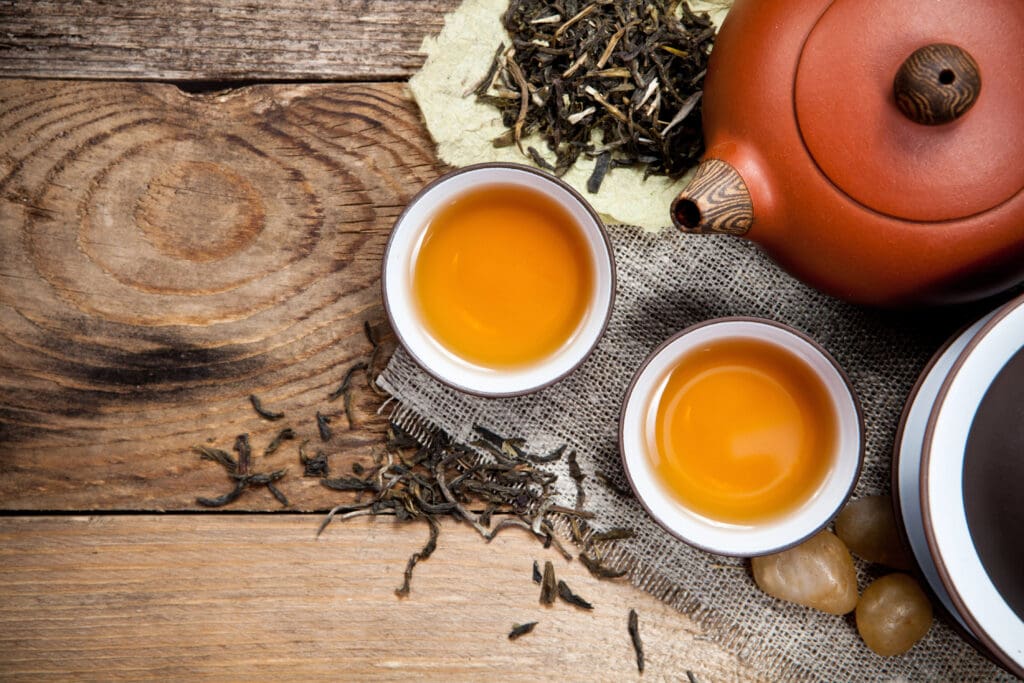
Why It Was Valuable: Originally from China, tea was a luxury that became a cultural obsession in places like Britain and Japan.
Historical Fun Fact: The Boston Tea Party wasn’t just a protest—it destroyed a fortune’s worth of this precious cargo.
7. Chocolate (Cacao)
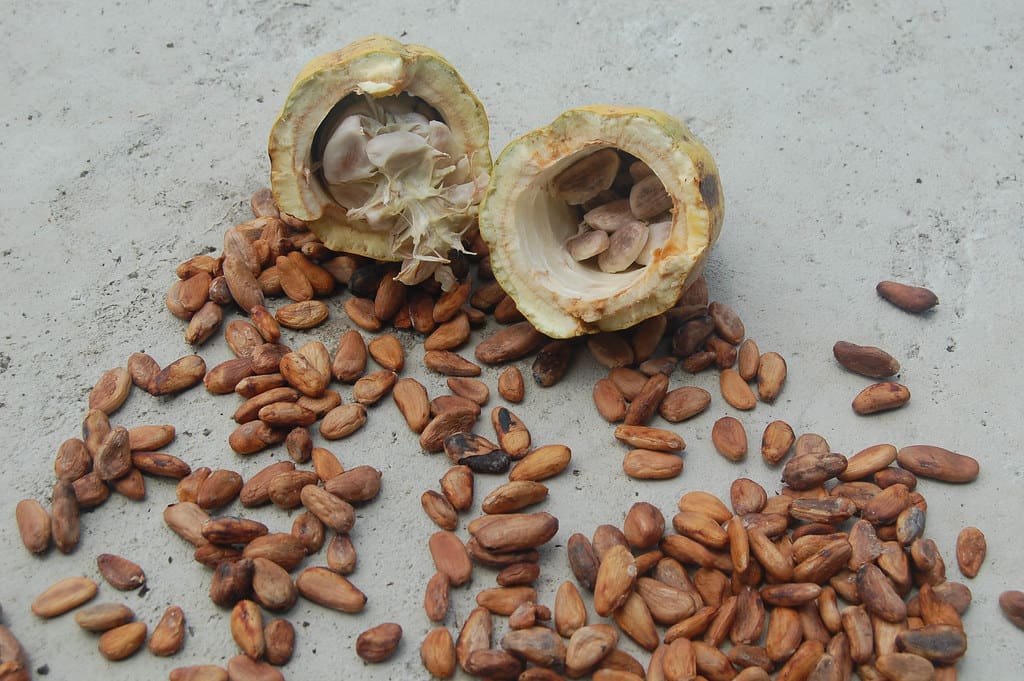
Why It Was Valuable: Used as currency by the Aztecs, cacao beans were considered gifts from the gods.
Historical Fun Fact: The Aztec emperor Montezuma reportedly drank 50 cups of cacao a day for strength and vitality.
8. Coffee
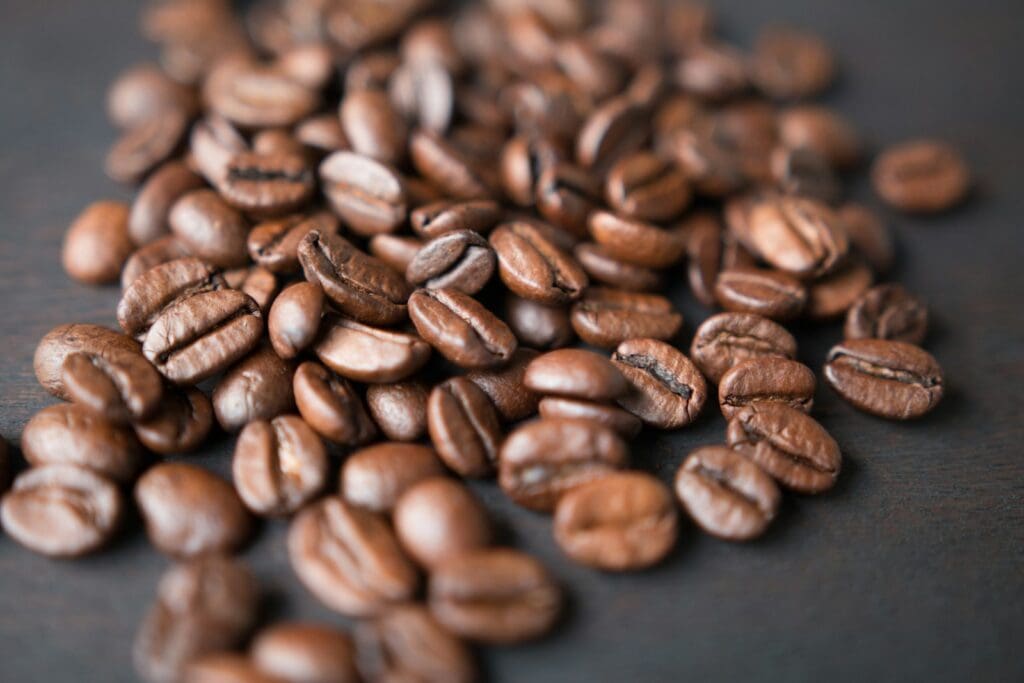
Why It Was Valuable: Coffee fueled trade and empire-building in the Middle East, Europe, and the Americas.
Historical Fun Fact: In the 17th century, coffee was so prized that people smuggled plants to break the Arab monopoly on its production.
9. Sugar
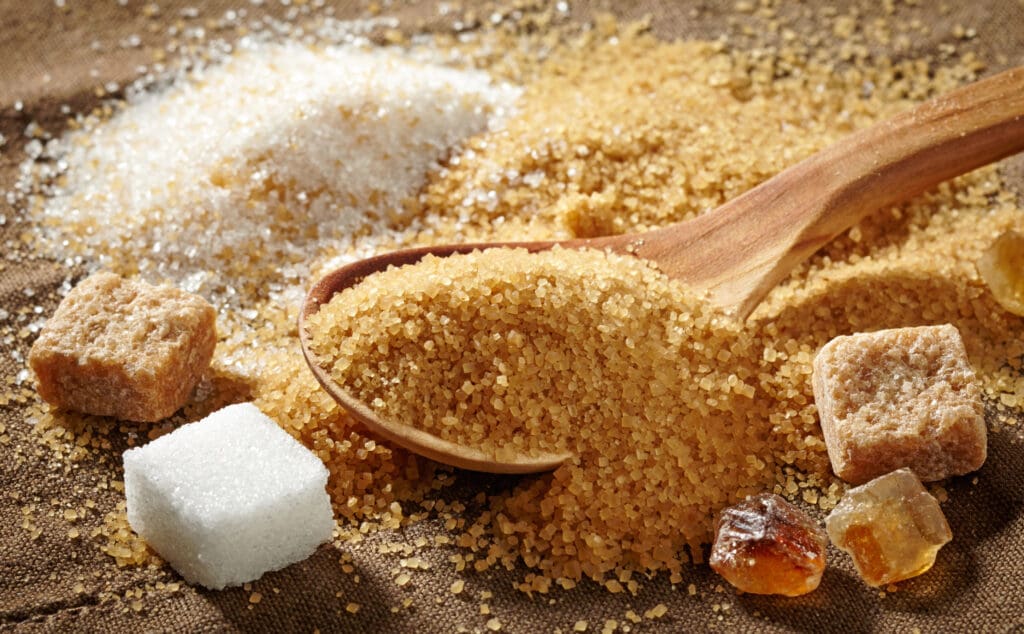
Why It Was Valuable: Known as “white gold,” sugar was once so rare it was reserved for the wealthy elite.
Historical Fun Fact: The European craze for sugar drove the establishment of colonial plantations and the transatlantic slave trade.
10. Vanilla
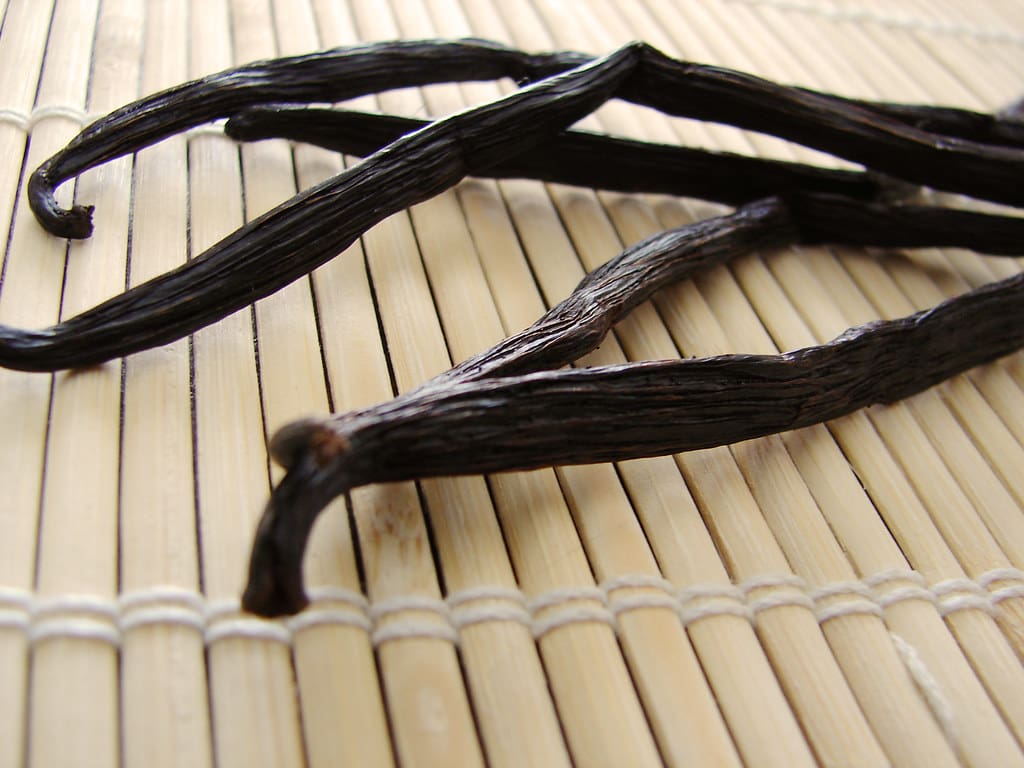
Why It Was Valuable: Derived from orchids, vanilla was notoriously difficult to cultivate and pollinate, making it a rare luxury.
Historical Fun Fact: It wasn’t until the 19th century that artificial pollination made vanilla more accessible.
11. Rice
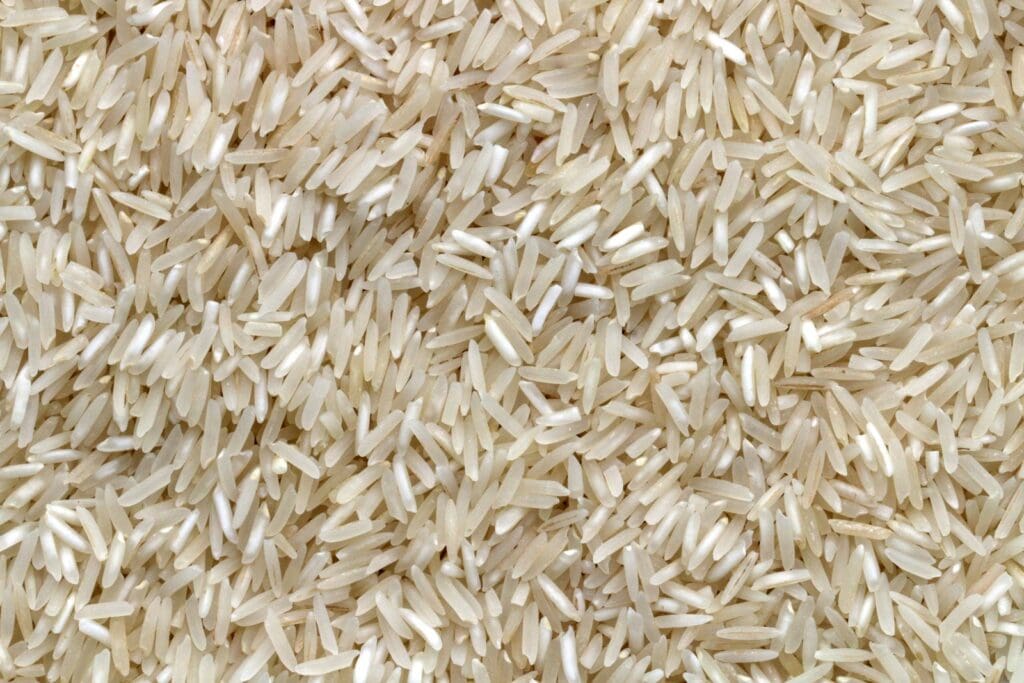
Why It Was Valuable: In ancient Asia, rice wasn’t just food—it was a symbol of wealth and power.
Historical Fun Fact: Chinese emperors were buried with rice to ensure prosperity in the afterlife.
12. Honey
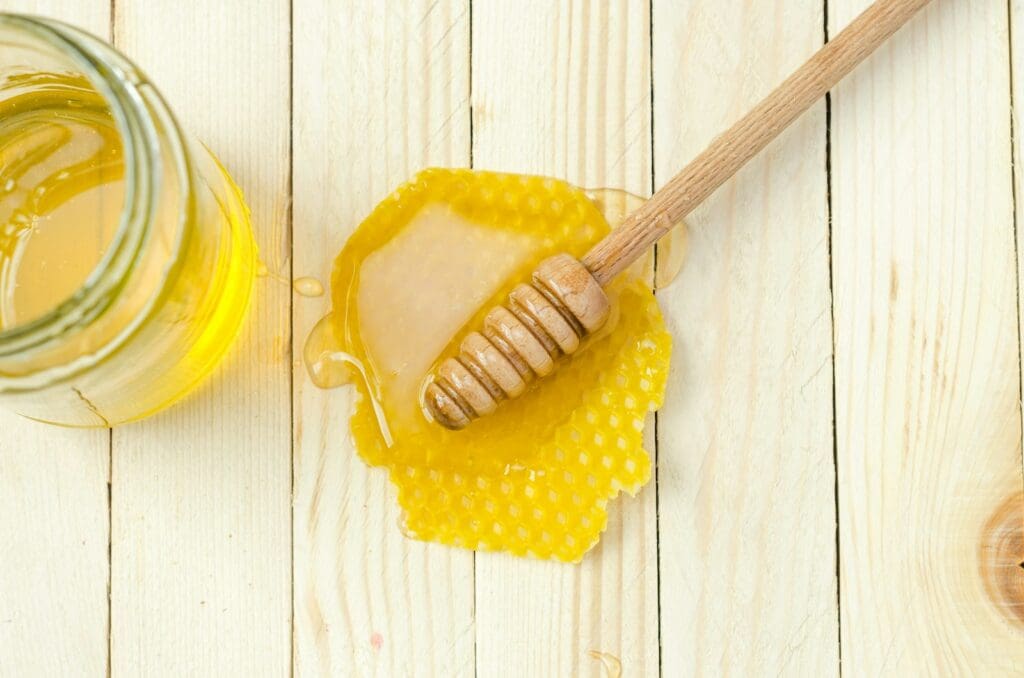
Why It Was Valuable: Before sugar, honey was the primary sweetener and a prized commodity.
Historical Fun Fact: In ancient Egypt, honey was often placed in tombs as a gift for the dead—and some of it is still edible today!
13. Olive Oil
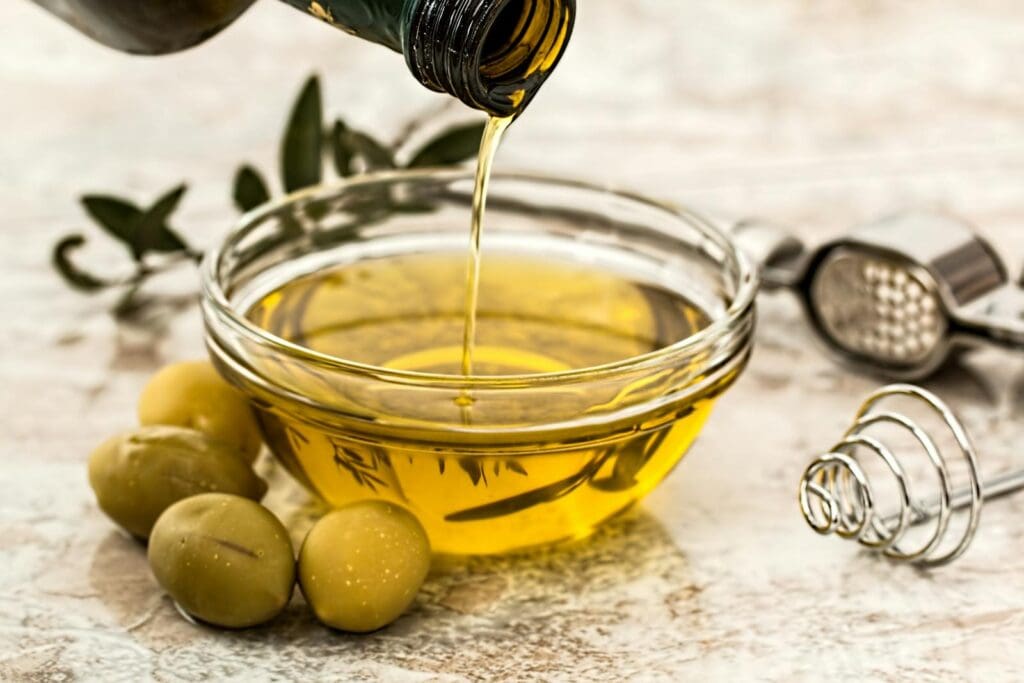
Why It Was Valuable: Used for cooking, lighting, and skincare, olive oil was a symbol of wealth in ancient Greece and Rome.
Historical Fun Fact: The winners of ancient Olympic games were often crowned with olive wreaths and given jars of oil as prizes.
Related: 10 Foods You Didn’t Know Were Good for Digestion
14. Truffles

Why It Was Valuable: These fungi were a delicacy in ancient Rome, where they were thought to have mystical powers.
Historical Fun Fact: Truffles were so rare that kings and nobles sent out hunters with trained pigs to find them.
Related: 15 Discontinued 90s Foods (and Drinks) We Want Back
15. Pineapples
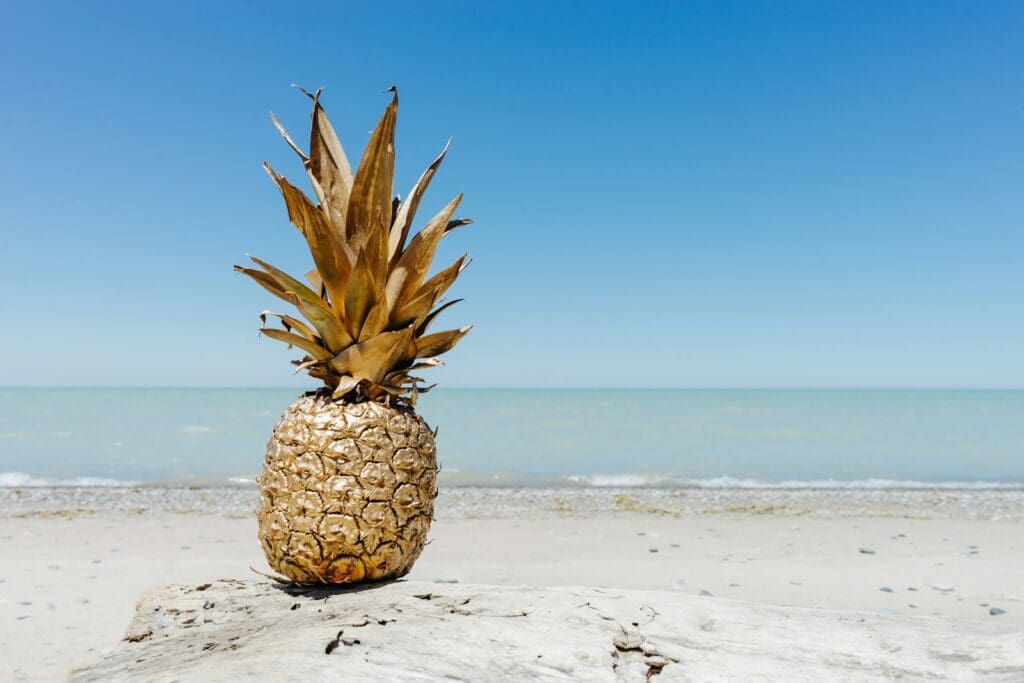
Why It Was Valuable: In the 18th century, pineapples were a symbol of wealth and status in Europe, often rented out for display.
Historical Fun Fact: Pineapples were so rare that owning one meant you were part of the social elite.





